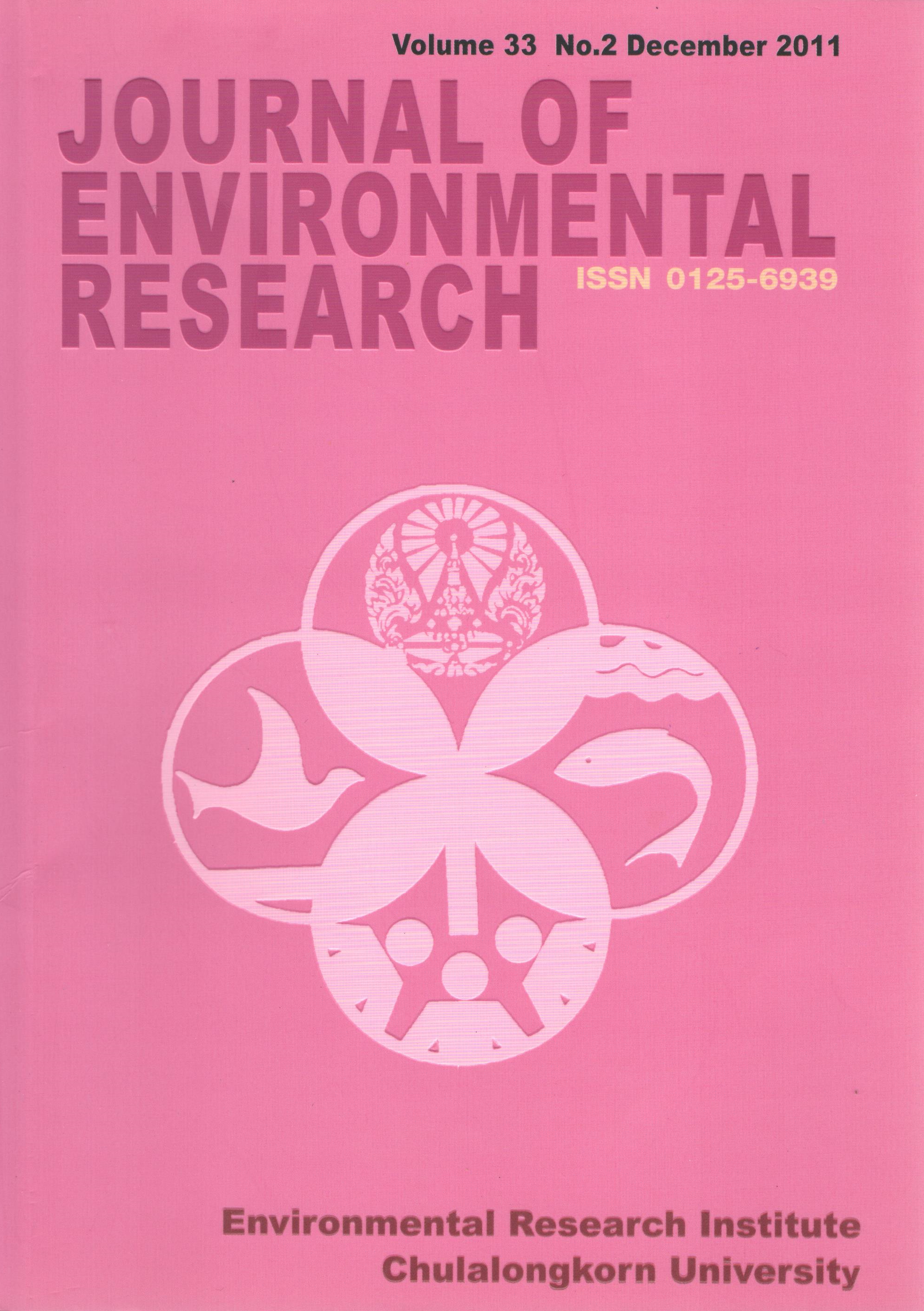Efficiency of Triple Superphosphate Fertilizer to Stabilize Cadmium in Different Soil Texture Characteristics
Main Article Content
Abstract
This research investigated the effectiveness of Triple Superphosphate (TSP) as a stabilizing agent for cadmium (Cd) in three representative soils having different texture characteristics (loamy-sand, clay loam, and clay soils). Results showed that addition of TSP proved to be an effective method for reduction of Cd leachability in all Cd contaminated soils. The partitioning of Cd from the potentially available phase to the more stable phase was observed in all TSP treatments based on the sequential extraction data. Moreover, performance of TSP to immobilize Cd depended on soil types and compositions. The effectiveness of TSP to reduce Cd leachability was found to be more pronounced in loamy sand soils with a 94 % reduction of Cd leachability when TSP was applied at a molar ratio of available phosphate to Cd in soil of 2:1 aged for 30 d. Presence of other heavy metals altered the ability of TSP to stabilize Cd in contaminated soils. Whereas zinc had little influence on the Cd stabilization performance by TSP, presence of copper enhanced ability of TSP to immobilize Cd in contaminated soils. Conversely, a decrease in Cd stabilization performance by TSP was observed when lead was a co-contaminant.
Article Details

This work is licensed under a Creative Commons Attribution-NonCommercial 4.0 International License.
Published articles are under the copyright of the Applied Environmental Research effective when the article is accepted for publication thus granting Applied Environmental Research all rights for the work so that both parties may be protected from the consequences of unauthorized use. Partially or totally publication of an article elsewhere is possible only after the consent from the editors.

